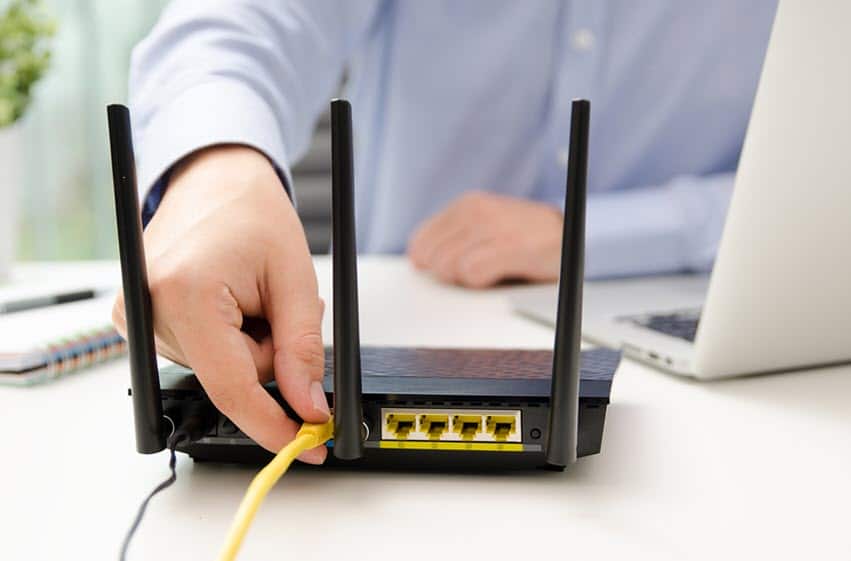While Wi-Fi has grown in popularity, ethernet cables remain the best way to connect to a network.
That’s because they give faster connectivity, and are also more secure. Most people shy away from cables due to cluttering. However, this is a problem you can avoid if your cabling and internet connectivity is done by a professional company such as Techtree partners. Internet cabling companies use different types of ethernet cables such as Cat 5, Cat 5e, and Cat 6 to give you reliable internet connectivity. You are probably wondering what Cat stands for, right? Well, it simply stands for “category”, and in this case, we will dwell more on Cat 5, or Category 5 ethernet cables. Here is what you need to know about Cat 5 cables, just in case you are looking to acquire one for your internet cabling.
- It is an older generation ethernet cable
Like all thing’s tech, cables keep improving over time. Cat 5 is an older generation cable that has been retired by Cat 5e and Cat 6. The difference between them is mostly in the speed of data transfer. Cat 5 can handle up to 100 Mbps. While this is quite high, newer generations such as Cat 5e, and Cat 6 can handle much higher speeds. However, that’s not to say that Cat 5 is irrelevant. In fact, it is very practical for home use. Rarely do homeowners use internet that goes beyond 100 Mbps. It’s quite a high internet speed that one use for pretty much all home purposes including video streaming.
- It is cheaper
When it comes to tech gadgets, new tech usually leads to a huge devaluation of the previous generation technology. Things are no different for ethernet cables. After Cat 5E and Cat 6 cables entered the market, the cost of Cat 5 cables went down significantly. Therefore, if you go shopping and find that Cat 5 cables are dirt cheap as compared to Cat 6, don’t get the impression that Cat 5 is low quality. They have simply been devalued by the entry of new generation cables, but they still work perfectly. As discussed above, Cat 5 can give up to 100 Mbps, which is very practical for most homes.
- Most home routers only support Cat 5
The idea of having gigabit ethernet sounds cool on paper, but in reality, you don’t need it. That’s because most home routers, that are also used in small and medium-size offices cannot handle gigabit ethernet. This makes the more advanced versions such as Cat 6 useless in the context of the average ethernet user. In essence, if you are not looking to connect a large organization, your resources would be better utilized on Cat 5. It is cheaper, and it gets the job done in terms of connection speeds and bandwidth.
- It only uses 2 pairs of wires
This is the main reason why Cat 5 can only hit a maximum of 100 Mbps. Subsequent generations such as Cat 5E can hit up to a gigabit because, they are designed to avoid crosstalk in data transfer. Nonetheless, Cat 5 remains practical and delivers internet speeds that most people can comfortably use.

